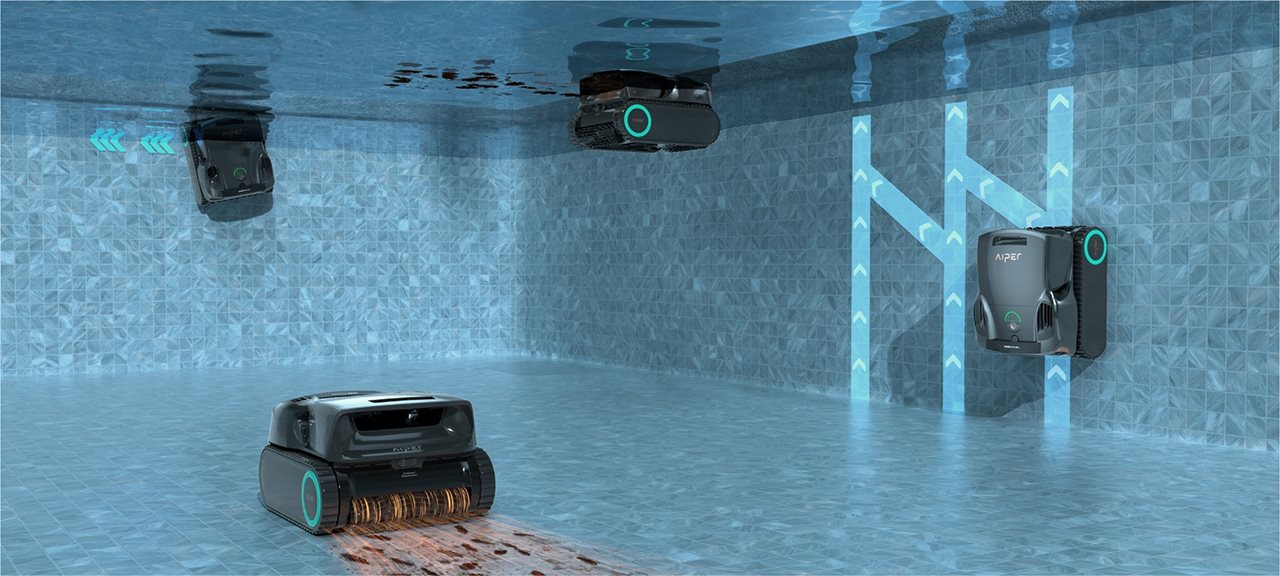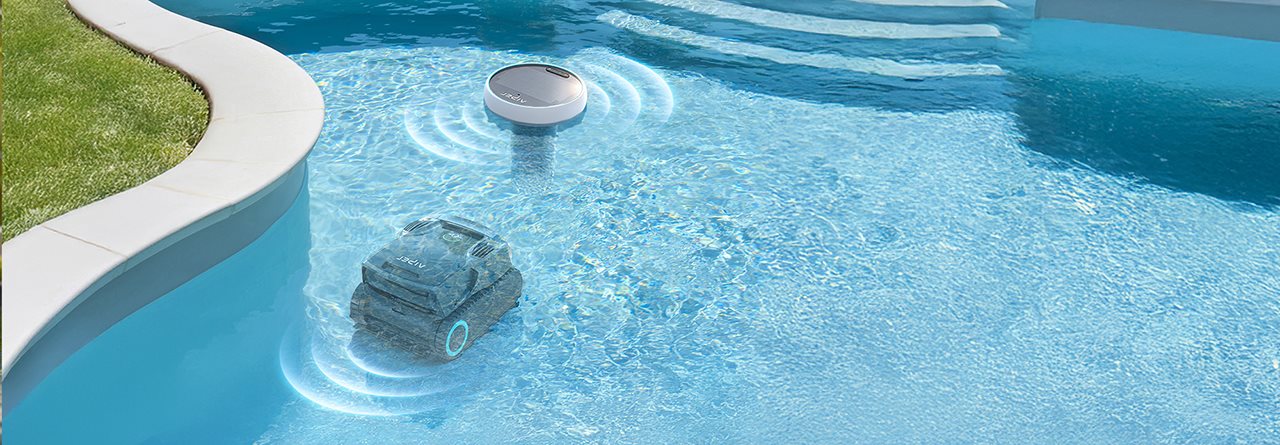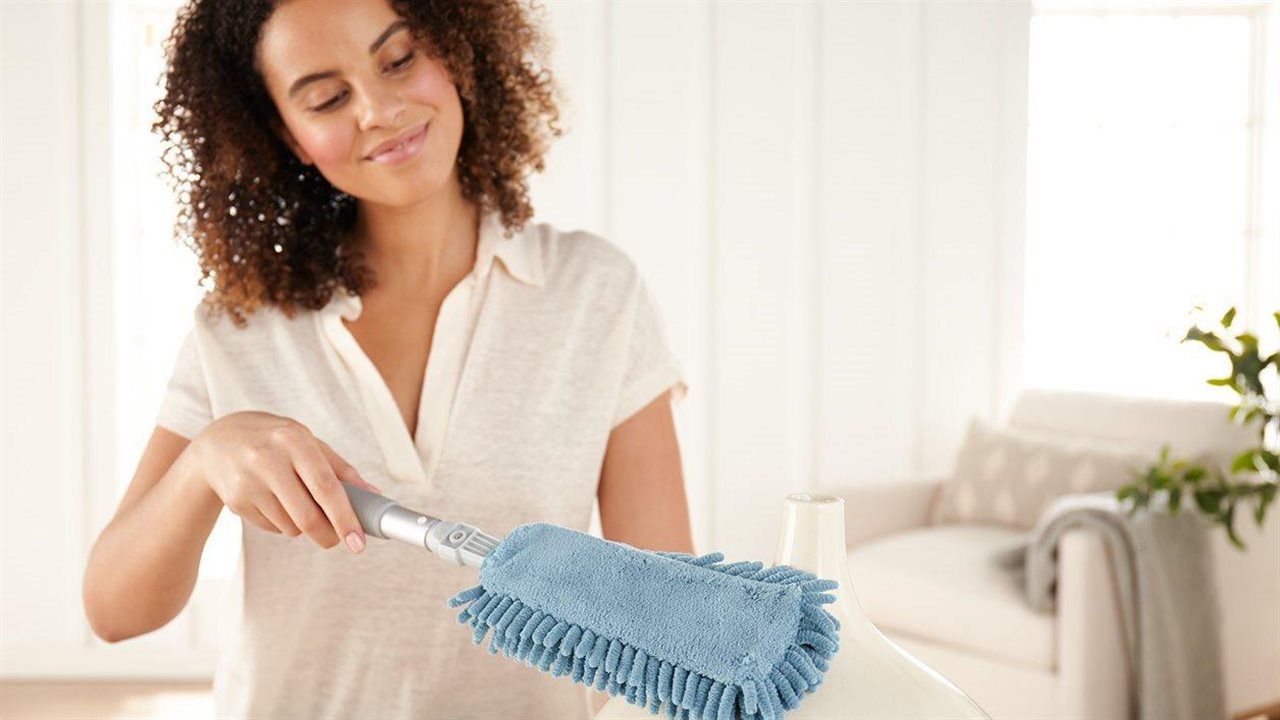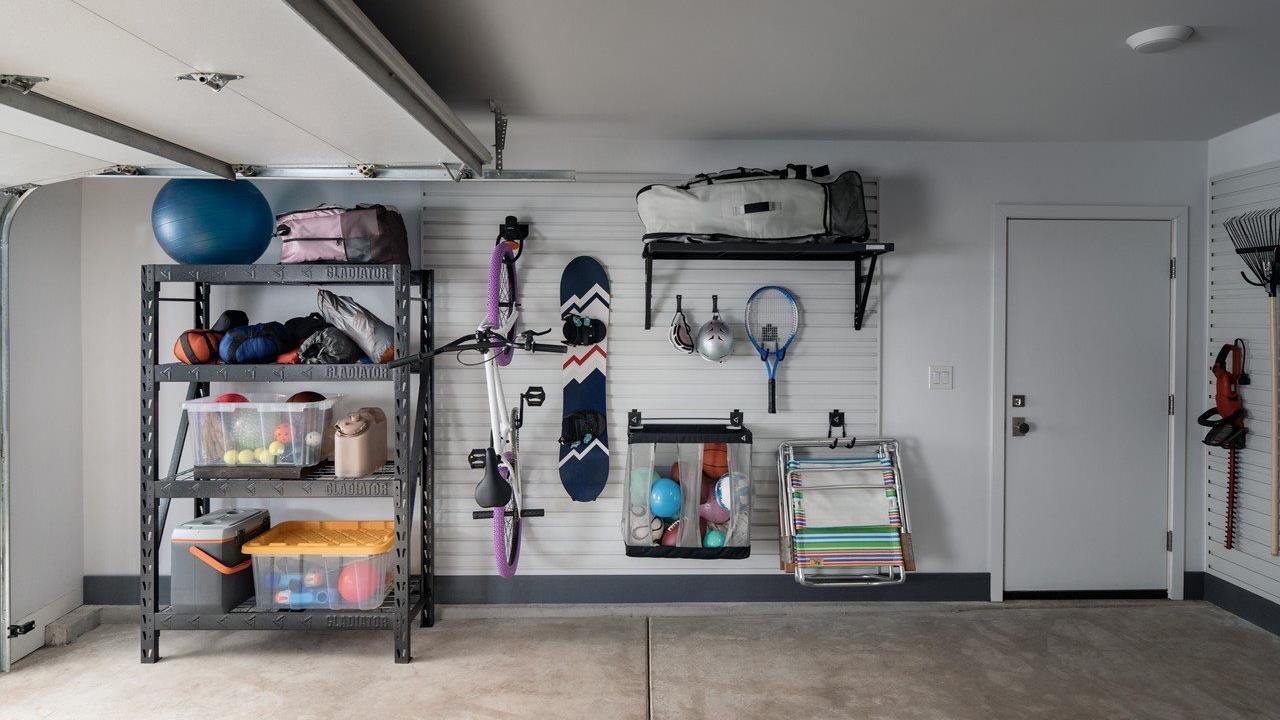2025-05-01T00:01:00
(BPT) – For many, nursing isn’t just a job — it’s a calling. According to the report “Beyond the Bedside: The State of Nursing in 2025,” 79% of nurses surveyed said they entered nursing to make a meaningful impact on patients’ lives. Similarly, 70% of nursing students said their top motivation for entering the profession was a passion for helping others.

That said, the report also found that only 60% say they would choose nursing again if given the choice. Many respondents expressed frustration with the stress, burnout, chronic short staffing and other challenges that make the job they love challenging.
What the numbers say
“Beyond the Bedside: The State of Nursing in 2025” is the fourth iteration of the annual report conducted by Cross Country Healthcare in partnership with Florida Atlantic University’s Christine E. Lynn College of Nursing. This year’s study goes beyond surface-level statistics and dives deep into the authentic voices of 2,600 nurses and nursing students.
The findings reveal several pain points that discourage current and future nurses.
“Nurses are the backbone of our health care system, yet they’re still being asked to carry an unsustainable load,” said John A. Martins, president and CEO of Cross Country Healthcare. “This year’s report is not just data — it’s another resounding cry for change. If we don’t act now, we risk losing an entire generation of dedicated professionals.”
“Our data reveals a troubling paradox,” added Dr. Cameron Duncan, Dean of the Christine E. Lynn College of Nursing at Florida Atlantic University. “While students are hopeful and eager to begin practicing as a nurse, our experienced workforce is sending distress signals loud and clear. This moment requires bold, coordinated action at every level — from nurse educators to hospital executives to national policy makers.”
It’s not all bad news. The findings of the report offer leaders a roadmap to how they can transform the nursing landscape and build a resilient, empowered nursing workforce. Below are five priorities health care leaders can focus on to help stabilize the profession for current and future nurses.
1. Staffing and recruitment
When asked about their top concerns, 59% of nurses cited short staffing and high patient ratios as a major problem. Students are also concerned about staffing issues, with 67% saying they’re worried about managing workloads.
As it stands, the Health Resources and Services Administration (HRSA) projects that by 2030, there will be a shortage of 63,720 full-time registered nurses in the U.S. To help combat the shortage and alleviate the burden on current nurses, leaders should consider building strategies to improve staff levels and offer more flexible schedules. These strategies may also encourage nursing students, creating a stronger future workforce.
2. Competitive pay and benefits
Compensation is another challenge for nurses, with 52% saying they receive inadequate pay and benefits. Some even say they’re living paycheck to paycheck.
Nurses are asking leaders to offer salaries and benefits that reflect their value as health care providers. Doing so could address the long-term retention issues of nurses and draw more people to the profession.
3. Work-life balance initiatives
The majority (65%) of survey respondents said that they’re stressed and burned out in nursing. Offering mental health support can help, but 24% of nurses say that no such support is offered at their jobs.
Nursing students are also worried about workloads and stress. Although 82% of students are excited about their future in nursing, 58% are concerned about emotional stress during their transition.
Leaders can help protect the present and future of nursing by focusing on policies and initiatives to help nurses thrive at work and in their personal lives. For example, the top requests from surveyed nurses and students include:
- Flexible scheduling
- More time off
- Break/sleep rooms
- Recognition programs
- Stress management and wellness support
4. Leadership and communication
One of the top five stressors, according to nurses, is a lack of support from leadership. According to the report, 51% say they feel undervalued by management. Some examples from the report include instances of verbal abuse by staff, gossip and lack of teamwork, and degrading communication from physicians.

Creating a supportive environment from the top down can help nurses feel more supported at work. This could include training managers to lead with empathy, respect and open communication.
5. Simplified credentialing
According to the report, administrative tasks like credentialing and paperwork add to nursing fatigue. Streamlining the credential processes and reducing paperwork could be a way forward for the industry. Removing these bureaucratic hurdles that delay employment and add to the administrative load could free up more time and energy for nurses to focus on patient care.
Health care leaders must act now
The report isn’t just data. It provides real opinions from real nurses and students who offer valuable insight into what they need to be successful in their profession.
“This isn’t about adding perks — it’s about rebuilding trust,” said Dr. Hank Drummond, PhD RN, Enterprise Chief Nurse Executive, Divisional Senior Vice President at Cross Country Healthcare. “The future of health care depends on the well-being of our nurses. We must create a system where they feel heard, valued and empowered to thrive — not just survive.”
To download the full report and learn about the profession’s challenges from nurses and students alike, visit https://www.crosscountry.com/beyondthebedside.











